Golang Int To String
How To Convert Integers To Strings In Go – Learn Golang #11
Keywords searched by users: golang int to string Int64 to string Golang, Convert array int to string Golang, Change string to int golang, Convert any to string golang, Uint to string Golang, Float to string Golang, Convert int to int32 golang, Convert string to int32 golang
Categories: Top 17 Golang Int To String
See more here: nhanvietluanvan.com
Int64 To String Golang
Introduction:
Int64 is a widely used data type in Golang that represents signed 64-bit integers. In certain scenarios, we may need to convert an Int64 value to a string for various purposes, such as displaying data or processing it in string-based operations. In this article, we will delve into the process of converting Int64 to string in Golang, understanding the intricacies and exploring different approaches.
Converting Int64 to string in Golang:
Golang provides a straightforward built-in function called `strconv.FormatInt()` for converting an Int64 to a string. This function takes two arguments: the integer value to be converted and the base (radix) for formatting the result. For string conversion, we commonly use base 10.
To convert an Int64 value to a string using `strconv.FormatInt()`, the following code snippet can be used:
“`
import “strconv”
// Function to convert Int64 to string
func Int64ToString(num int64) string {
return strconv.FormatInt(num, 10)
}
“`
In the above code, `num` represents the Int64 value to be converted, and `strconv.FormatInt()` formats it as a string using base 10.
Handling Error Scenarios:
While converting Int64 to a string, error handling is crucial, especially when dealing with invalid values or out-of-range numbers. The `strconv` package provides the `strconv.ParseInt()` function for parsing a string and converting it to an Int64 value. This function returns both the parsed integer and an error if the string cannot be parsed.
To handle possible errors during conversion, we can modify our conversion function as follows:
“`
import “strconv”
// Function to convert Int64 to string with error handling
func Int64ToString(num int64) (string, error) {
return strconv.FormatInt(num, 10), nil
}
“`
By returning the error value from `FormatInt()`, we can propagate any parsing errors encountered during the conversion process.
FAQs about Int64 to string conversion in Golang:
Q: What is the significance of the base/radix argument in `strconv.FormatInt()`?
A: The base argument determines the formatting of the converted string. Commonly, we use base 10 to represent integers as decimal numbers. However, Golang allows using bases from 2 to 36, where bases higher than 10 utilize alphabetical characters to represent digits greater than 9 (e.g., 10 is represented as ‘A’ in base 11).
Q: Can we convert negative Int64 values to strings without the negative sign?
A: By default, `strconv.FormatInt()` includes the negative sign for negative Int64 values. If you want to exclude it, you can use the `strings.TrimLeft()` function to remove the ‘-‘ character after conversion.
Q: Are there any limitations on the size of Int64 values that can be converted to a string?
A: Golang’s `strconv` package provides support for handling Int64 values within the range [-9223372036854775808, 9223372036854775807]. If the input exceeds this range, the behavior is undefined, and the output may not be accurate.
Q: How can we handle Int64 to string conversion in different bases?
A: To convert Int64 values to string representation in different bases, we can simply modify the base argument in `strconv.FormatInt()`. For example, to convert an Int64 value to a binary string, we can use `strconv.FormatInt(num, 2)`.
Q: Is there any performance difference between using `strconv.FormatInt()` and manual conversion?
A: The built-in `strconv.FormatInt()` function is highly optimized and efficient. Manual conversion can be error-prone and may have performance implications. Hence, it is recommended to utilize the standard library function for Int64 to string conversions.
Conclusion:
Converting Int64 values to strings in Golang is a crucial task that might be required in various scenarios. We explored the process in depth, using the `strconv.FormatInt()` function provided by Golang’s `strconv` package. Additionally, we discussed error handling, the role of the base argument, and how to handle different situations effectively. By following the guidelines and best practices outlined in this article, you can perform Int64 to string conversions seamlessly in your Golang applications.
Convert Array Int To String Golang
Introduction:
Converting an array of integers into a string is a common task in programming. While there are multiple programming languages that offer this functionality, Go (or Golang) provides an efficient and straightforward method for accomplishing this task. In this article, we will delve into the process of converting an array of integers to a string in Go, while also addressing some frequently asked questions related to the topic.
Converting array int to string in Go:
To convert an array of integers to a string in Go, we need to iterate over each element of the array and convert it into a string. Here’s a step-by-step guide:
Step 1: Declare an array of integers
First, we need to declare an array of integers. For example, let’s consider an array named “nums” containing some integer values:
“`
nums := [5]int{10, 20, 30, 40, 50}
“`
Step 2: Import the necessary packages
Next, we need to import the necessary packages, which in this case includes the “strconv” package for string conversion:
“`
import “strconv”
“`
Step 3: Iterate over the array
To convert each integer element to a string, we would iterate over the array and apply the string conversion method. One way to achieve this is by using a loop, like so:
“`
var strNumbers []string
for _, num := range nums {
strNumbers = append(strNumbers, strconv.Itoa(num))
}
“`
Step 4: Join the converted elements using a separator
After converting each element into a string, we can use the strings.Join() method to join these elements together and form a complete string. This method takes two parameters: a slice of strings and a separator string. For instance:
“`
result := strings.Join(strNumbers, “, “)
“`
The resulting string, stored in the “result” variable, will be “10, 20, 30, 40, 50” based on the given example.
FAQs:
Q1) Can we directly convert an array of integers to a string without using a loop?
No, converting an array of integers directly to a string without iterating over each element is not possible. Since Go is a statically typed language, it requires explicit conversion for each element when converting an array of integers to a string. Hence, looping through each element is necessary.
Q2) Are there any performance considerations to keep in mind while converting arrays?
When converting arrays, the overall performance largely depends on the size of the array. Converting large arrays can have a noticeable impact on memory consumption, especially when appending each converted element to a new slice. If memory efficiency is a concern, it might be worth considering alternative methods to avoid excessive memory usage.
Q3) Can this method handle negative numbers as well?
Yes, this method can handle negative numbers. strconv.Itoa() converts an integer to its decimal representation as a string, regardless of it being a positive or negative number. Therefore, negative numbers will be converted to their corresponding decimal string representation.
Q4) How can we convert an array of integers to a comma-separated string without spaces?
By default, the strings.Join() method joins the elements of a slice with a separator string. By adjusting the separator string, you can achieve a comma-separated string without spaces. For example:
“`
result := strings.Join(strNumbers, “,”)
“`
This will result in “10,20,30,40,50” based on the given example.
Q5) Can we convert arrays of other data types to a string using similar methods?
Absolutely! The approach described in this article can be applied to arrays of other data types as well, not just integers. Whether it’s an array of floats, strings, or any other compatible data type in Go, you can follow the same process of iterating over the array, converting the elements, and joining them using the appropriate separator.
Conclusion:
Converting an array of integers to a string is a fundamental operation in programming, and Go provides an efficient and easy-to-understand method for achieving this task. By using the strconv.Itoa() method along with loops and string joining functions, you can successfully convert an array of integers to a string representation. Additionally, keep in mind that this method is not limited to integers; it can be applied to other data types as well.
Images related to the topic golang int to string
Found 30 images related to golang int to string theme



![Go] Chuyển đổi Int/String Slice sang kiểu dữ liệu String trong Golang - Technology Diver Go] Chuyển Đổi Int/String Slice Sang Kiểu Dữ Liệu String Trong Golang - Technology Diver](https://cuongquach.com/wp-content/uploads/2020/06/convert-int-string-slice-to-string.jpg)




![Golang convert INT to STRING [100% Working] | GoLinuxCloud Golang Convert Int To String [100% Working] | Golinuxcloud](https://www.golinuxcloud.com/wp-content/uploads/golang-int-to-string.jpg)



![Go] Chuyển đổi Int/String Slice sang kiểu dữ liệu String trong Golang - Technology Diver Go] Chuyển Đổi Int/String Slice Sang Kiểu Dữ Liệu String Trong Golang - Technology Diver](https://cuongquach.com/wp-content/uploads/2020/06/convert-int-string-slice-to-string-1280x720.jpg)














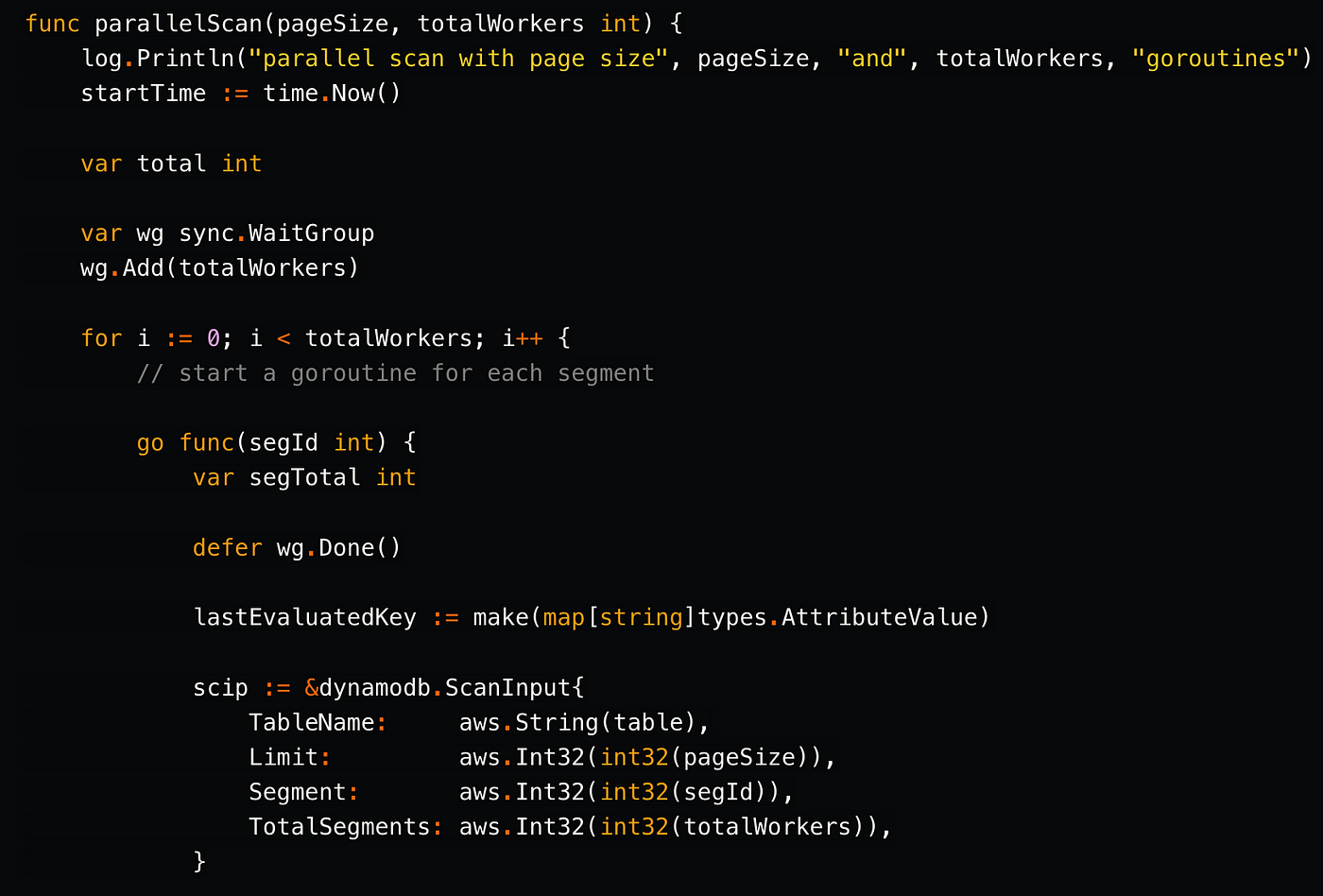









Article link: golang int to string.
Learn more about the topic golang int to string.
- Golang Int To String Conversion Example
- How to convert an int value to string in Go? – Stack Overflow
- How to convert an int to a string in Golang – Educative.io
- Golang Program to convert int type variables to String
- How To Convert Data Types in Go – DigitalOcean
- Go int to string conversion – ZetCode
- Golang convert INT to STRING [100% Working] – GoLinuxCloud
- Convert between int, int64 and string · YourBasic Go
- How to Convert integer to string type in Go? – Eternal Dev
See more: nhanvietluanvan.com/luat-hoc